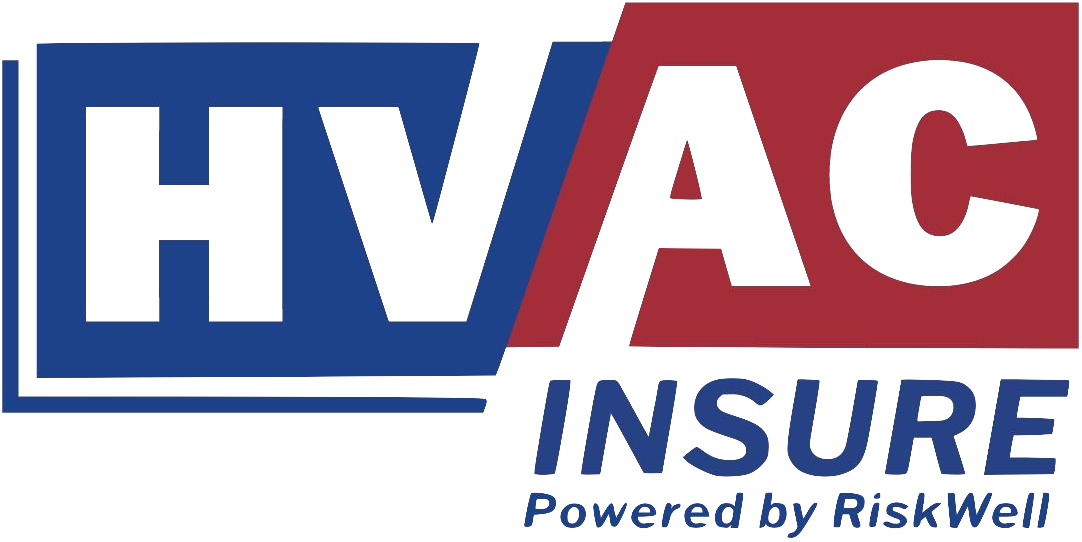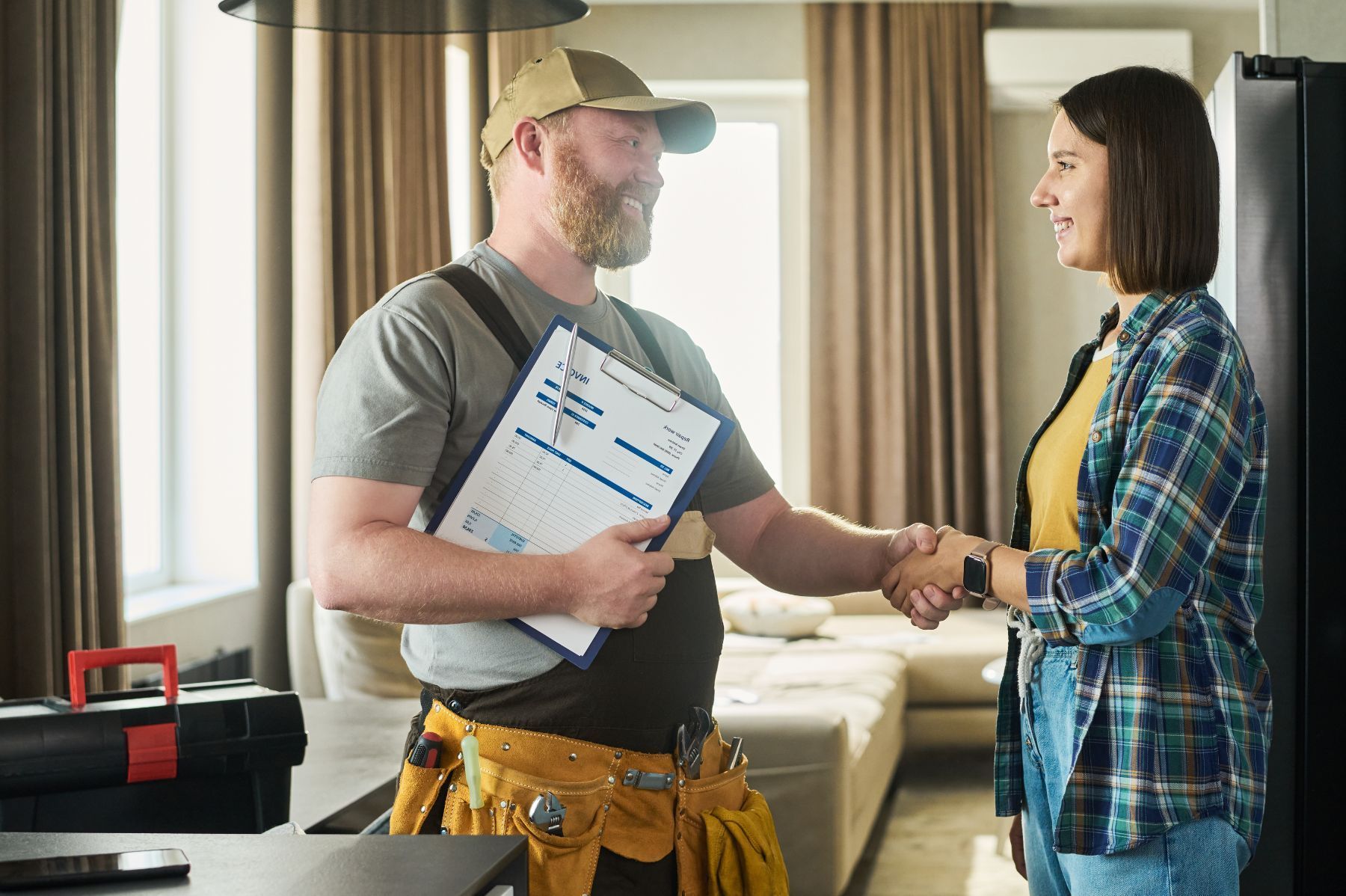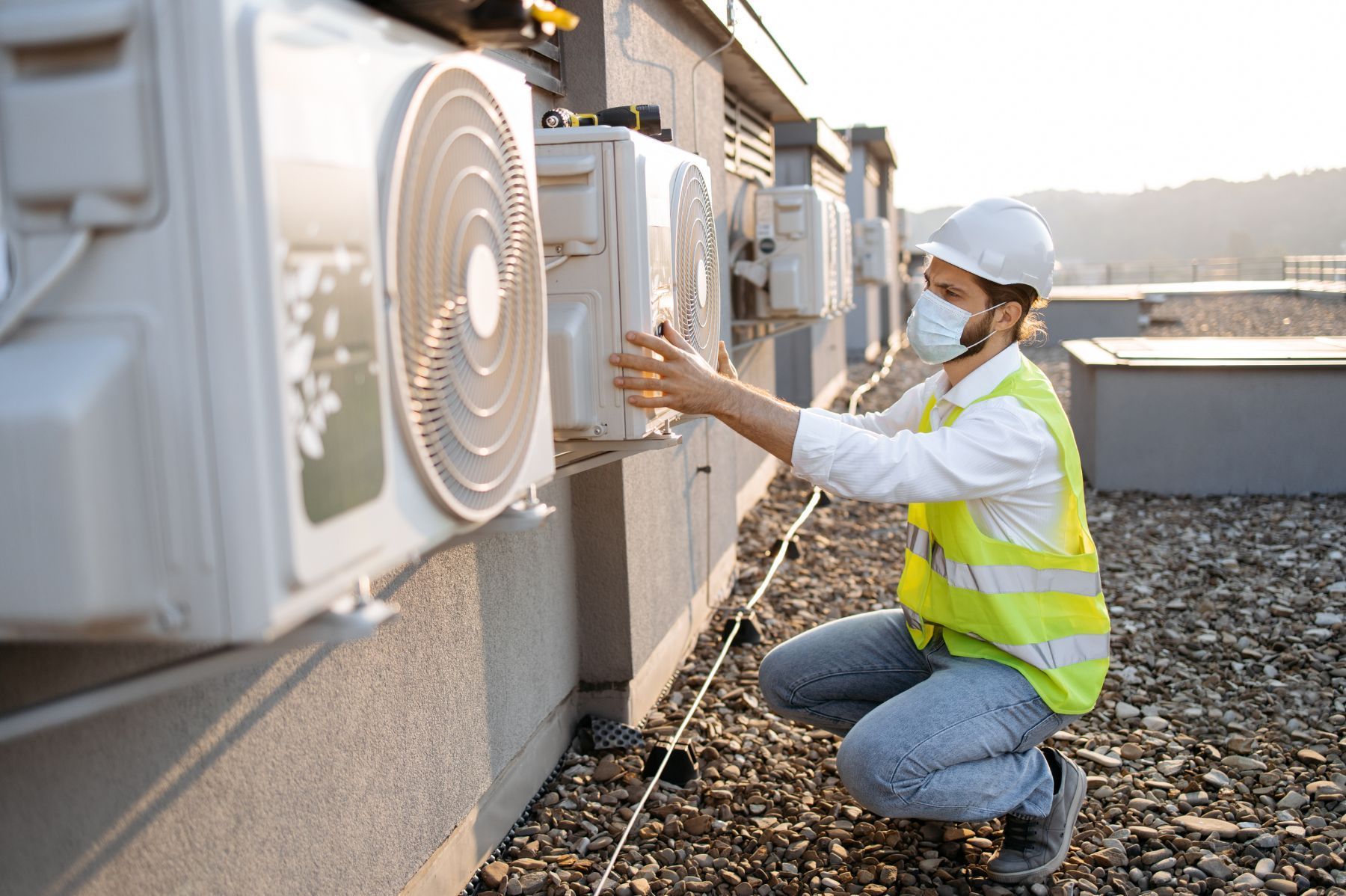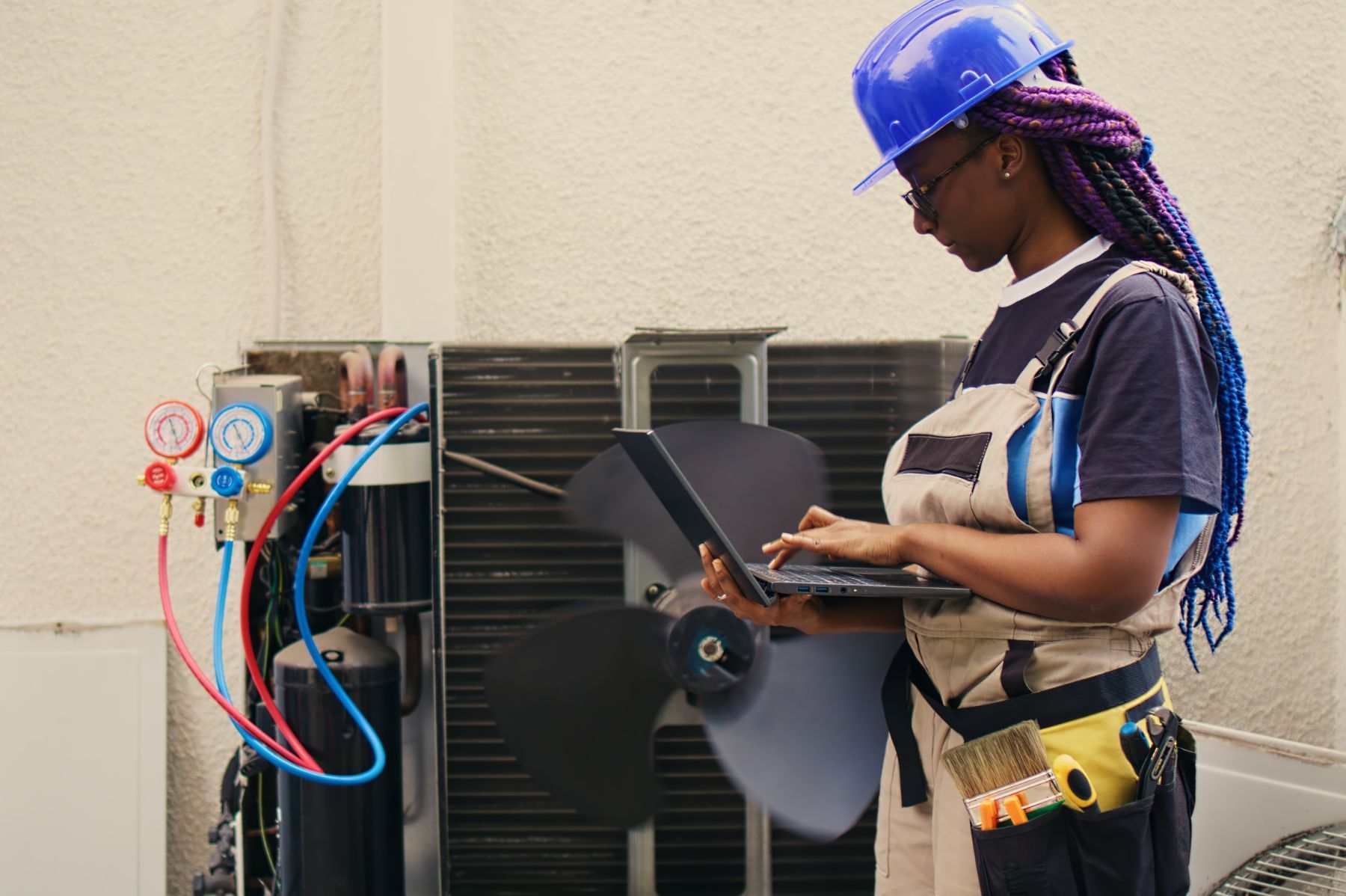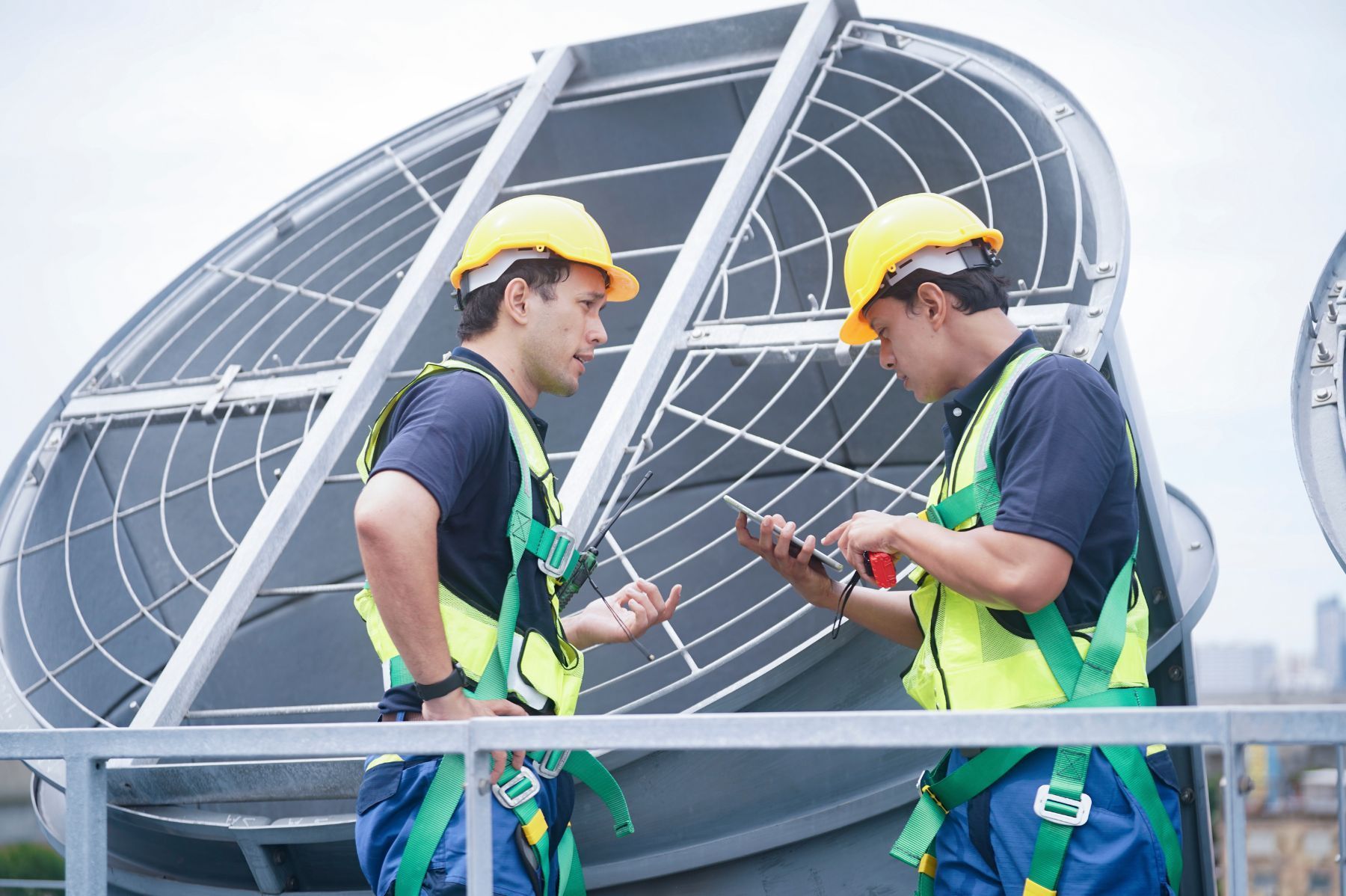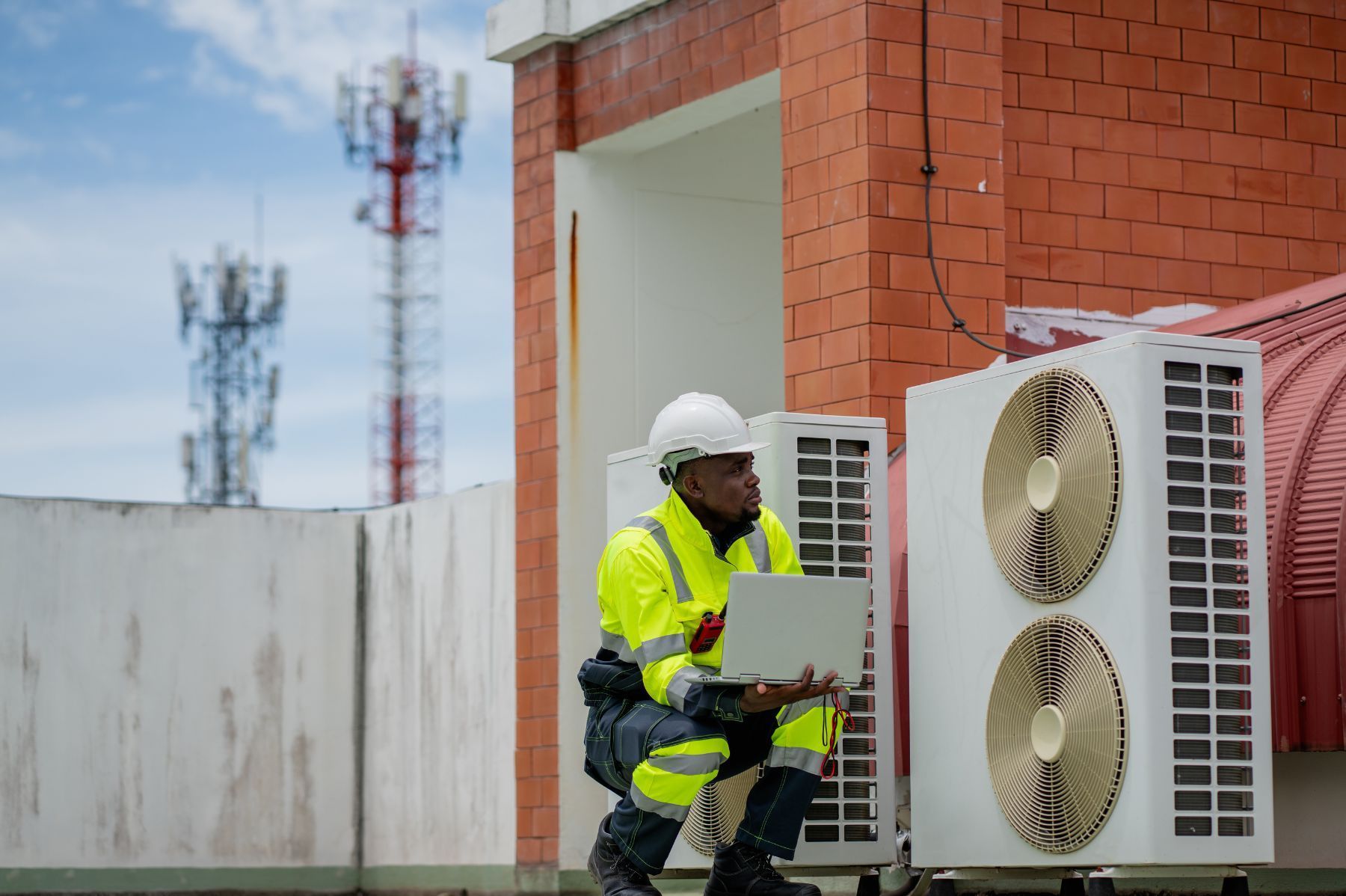How New EPA Regulations Are Impacting HVAC Business Risks
See How We're Different
or call us: (469) 678-8001

For HVAC contractors and businesses, the landscape is shifting dramatically. The Environmental Protection Agency’s (EPA) 2025 regulations introduce a wave of changes that affect everything from equipment standards to operational procedures. These rules are not just about compliance-they reshape risk profiles, operational costs, and even the way HVAC professionals approach indoor air quality and refrigerant management. Understanding these new requirements is critical to avoiding costly penalties and safeguarding both business and client health.
One of the most significant shifts involves stricter energy efficiency standards and refrigerant phase-outs. These changes have far-reaching implications for HVAC system design, installation, and maintenance. For those in the industry, staying informed and adapting quickly is no longer optional. Learn more about the EPA’s 2025 HVAC regulations and how they are reshaping the industry.
Stricter Energy Efficiency Standards: Raising the Bar for HVAC Systems
The EPA’s new regulations mandate higher Seasonal Energy Efficiency Ratios (SEER) for air conditioners and heat pumps. This means existing HVAC systems must be upgraded or replaced to meet these tougher benchmarks. While these standards aim to reduce energy consumption and environmental impact, they also introduce new challenges for HVAC businesses.
Upgrading to higher SEER-rated equipment often requires more advanced technology and installation expertise. Contractors must be prepared to handle these complexities, which can increase labor costs and extend project timelines. Additionally, customers may face higher upfront expenses, which could affect demand or require more detailed cost-benefit explanations from service providers.
These efficiency standards also influence warranty and maintenance considerations. Higher-performance systems often come with stricter maintenance requirements to sustain efficiency levels. HVAC companies will need to educate clients on these obligations to avoid system failures or warranty voids.
Moreover, the shift towards higher efficiency standards is not just a regulatory hurdle; it represents a significant opportunity for innovation within the HVAC industry. Manufacturers are investing in research and development to create cutting-edge technologies that not only meet but exceed these new benchmarks. This includes the integration of smart technology, which allows for real-time monitoring and optimization of HVAC systems, enhancing both performance and energy savings. As these advancements become more mainstream, they may also lead to a more competitive market, where companies that adopt these technologies can differentiate themselves and attract eco-conscious consumers.
Furthermore, the transition to stricter energy efficiency standards aligns with broader environmental goals, such as reducing greenhouse gas emissions and combating climate change. As consumers become increasingly aware of their carbon footprint, there is a growing demand for sustainable solutions. HVAC businesses that proactively embrace these changes and promote energy-efficient products may find themselves at the forefront of a rapidly evolving market. This shift not only benefits the environment but can also foster customer loyalty, as clients appreciate companies that prioritize sustainability and innovation in their offerings.
Mandatory Refrigerant Phase-Out: Navigating Environmental and Compliance Risks
The EPA’s 2025 mandate to phase out refrigerants with high Global Warming Potential (GWP), such as R-22 and R-410A, is a game-changer. Replacing these with low-GWP alternatives like R-32 and R-454B is not just an environmental imperative but also a regulatory requirement.
This transition creates several operational risks. First, technicians must be trained on handling new refrigerants safely and effectively. Each refrigerant has unique properties affecting system performance, leak potential, and safety protocols. Improper handling can lead to system damage or health hazards.
Second, the cost of these newer refrigerants tends to be higher, impacting project budgets and pricing strategies. HVAC businesses must carefully manage inventory and educate clients on the long-term benefits of using environmentally friendly refrigerants.
Failure to comply with refrigerant regulations carries steep penalties. The EPA can impose fines up to $200,000 for violations related to F-Gas rules. These financial risks underscore the importance of strict adherence to refrigerant management and reporting requirements.
Moreover, the phase-out of high-GWP refrigerants also presents an opportunity for innovation within the HVAC industry. Companies are increasingly investing in research and development to create more efficient systems that utilize these low-GWP alternatives. This not only enhances the performance of HVAC units but also aligns with global sustainability goals. As the demand for eco-friendly solutions grows, businesses that adapt quickly to these changes can gain a competitive edge in the market.
Additionally, the shift towards low-GWP refrigerants is part of a larger trend in environmental responsibility that resonates with consumers. Many homeowners and businesses are becoming more aware of their carbon footprints and are actively seeking out services that reflect their values. By embracing these new regulations and promoting the benefits of low-GWP refrigerants, HVAC companies can strengthen their brand image and appeal to a growing segment of eco-conscious customers.
For more details on the regulatory phase-out and its implications, see the EPA’s critical HVAC changes.
Enhanced Ventilation and Indoor Air Quality: Balancing Efficiency with Health
Improving indoor air quality is a core focus of the EPA’s 2025 rules. New ventilation requirements aim to reduce airborne pollutants and enhance occupant health. However, these standards also introduce new complexities for HVAC businesses.
Upgrading ventilation systems to meet stricter standards can affect building energy use and system design. Poorly executed weatherization or efficiency upgrades risk compromising indoor air quality, potentially exposing occupants to pollutants or allergens. HVAC contractors must balance energy efficiency improvements with ventilation needs to avoid unintended health consequences.
Clients increasingly demand healthier indoor environments, which means HVAC providers must stay current on ventilation technologies and best practices. This includes integrating filtration systems, humidity controls, and air exchange mechanisms that comply with EPA guidelines.
Understanding the connection between weatherization, energy upgrades, and indoor air quality is essential. The EPA offers guidance on these issues, highlighting the risks of neglecting ventilation during efficiency improvements. Learn more about energy weatherization and indoor air quality.
In addition to adhering to EPA regulations, HVAC professionals are increasingly exploring innovative technologies that can enhance indoor air quality while maintaining energy efficiency. For instance, advanced air purification systems, such as those employing ultraviolet (UV) light and photocatalytic oxidation, can significantly reduce pathogens and volatile organic compounds (VOCs) in the air. These technologies not only provide cleaner air but also contribute to a more comfortable living environment, which is especially important in settings like schools, hospitals, and residential homes.
Moreover, the integration of smart home technology into HVAC systems allows for real-time monitoring of air quality and energy consumption. By utilizing sensors that detect pollutants and allergens, homeowners can receive alerts and adjust their systems accordingly. This proactive approach not only enhances health outcomes but also empowers occupants to take charge of their indoor environments, fostering a culture of health and wellness that aligns with the growing awareness of the importance of indoor air quality.
Smart HVAC Systems and Leak Detection: Technology as a Risk Mitigation Tool
One of the more forward-looking aspects of the EPA’s regulations is the push for smart HVAC system integration. Smart thermostats, IoT-enabled sensors, and real-time leak detection are becoming standard components. These technologies help optimize energy use and reduce operational costs, but they also change the risk landscape for HVAC businesses.
Real-time refrigerant leak detection sensors are particularly important. Undetected leaks pose serious health risks, including frostbite, chemical burns, brain damage, and asphyxiation. They also increase energy consumption and environmental damage. By equipping systems with advanced sensors, HVAC companies can identify and address leaks before they escalate.
Integrating smart technologies requires new skills and investment. Technicians must be trained to install, maintain, and troubleshoot these systems. Additionally, businesses must develop protocols for data management and reporting to comply with EPA standards.
These upgrades can reduce long-term liabilities and improve client trust, but they also represent a shift in the technical demands placed on HVAC professionals. For insight into operational risks from refrigerant leaks, see this HVAC industry analysis.
Moreover, the integration of smart HVAC systems is not just about compliance; it also opens up new avenues for energy efficiency and sustainability. For instance, these systems can utilize machine learning algorithms to analyze usage patterns and optimize performance in real time. This means that not only can HVAC companies respond to leaks more effectively, but they can also proactively manage energy consumption, leading to reduced utility costs for clients and a lower carbon footprint overall. As the demand for energy-efficient solutions grows, businesses that adopt these technologies may find themselves at a competitive advantage, appealing to environmentally conscious consumers.
Furthermore, the data collected from smart HVAC systems can provide invaluable insights into system performance and user behavior. By leveraging analytics, HVAC companies can identify trends, predict maintenance needs, and even tailor their services to meet specific client requirements. This data-driven approach enhances operational efficiency and allows for more personalized customer interactions, fostering long-term relationships built on trust and reliability. As the industry continues to evolve, embracing these technological advancements will be crucial for HVAC businesses aiming to thrive in a rapidly changing market.
Financial and Compliance Risks: The Cost of Falling Behind
Non-compliance with the EPA’s 2025 regulations can be financially devastating. Fines for violations related to refrigerant management and energy efficiency can reach up to $200,000 per incident. Beyond penalties, non-compliance risks damage to reputation and loss of client trust. Companies that disregard these regulations may find themselves facing not only financial repercussions but also increased scrutiny from regulatory bodies and the public. This scrutiny can lead to a vicious cycle where negative publicity further erodes customer confidence, making it even more challenging to recover from the initial missteps.
Compliance costs are rising due to the need for upgraded equipment, staff training, and new technologies. HVAC businesses must budget carefully for these expenses and consider them in pricing and contract negotiations. Investing in compliance is not merely a cost; it can also be seen as a strategic opportunity. By adopting energy-efficient technologies and practices, companies can not only avoid penalties but also position themselves as leaders in sustainability. This proactive approach can attract environmentally conscious clients and open doors to new markets that prioritize green solutions.
Ignoring these changes is not an option. The EPA’s regulations are backed by enforcement mechanisms and growing public awareness of environmental and health issues. Businesses that fail to adapt risk losing market share to more agile competitors. Furthermore, the landscape of consumer expectations is shifting; clients are increasingly favoring businesses that demonstrate a commitment to sustainability and compliance. As a result, companies that invest in compliance not only safeguard their operations but also enhance their brand image and customer loyalty.
For a broader perspective on regulatory impacts, including the consequences of potential rollbacks, see the analysis of EPA rule changes. Understanding these dynamics is crucial for HVAC businesses as they navigate the complexities of compliance and strive to maintain a competitive edge in an evolving marketplace.
Moreover, the implications of non-compliance extend beyond immediate financial penalties. Companies may face increased insurance premiums, as insurers assess risk based on compliance history. This can lead to higher operational costs that further strain budgets. Additionally, the potential for litigation arising from non-compliance can create a legal quagmire, diverting resources and attention away from core business activities. As such, a comprehensive approach to compliance not only mitigates risks but also fosters a culture of accountability and excellence within the organization.
What HVAC Businesses Should Do Now
Adapting to these new regulations requires a proactive approach. Start by auditing current equipment and practices to identify compliance gaps. Invest in training for technicians on new refrigerants, smart systems, and ventilation standards. This training should not only cover the technical aspects but also emphasize the importance of safety protocols and environmental responsibility. By ensuring that your team is well-versed in these areas, you not only comply with regulations but also enhance your service quality, which can lead to higher customer satisfaction and loyalty.
Engage with manufacturers and suppliers to source compliant equipment and refrigerants. Consider partnerships with technology providers specializing in smart HVAC solutions to stay ahead of the curve. The integration of smart technology can significantly improve energy efficiency and system performance, offering clients innovative ways to monitor and control their HVAC systems remotely. Additionally, explore options for financing or leasing new technologies, which can make the transition more manageable for both your business and your clients.
Finally, communicate clearly with clients about the benefits and costs of upgrades. Transparency builds trust and helps clients understand why changes are necessary for long-term savings and safety. Providing detailed explanations and case studies can help illustrate the potential return on investment. Furthermore, consider hosting informational workshops or webinars to educate your clients about the latest advancements in HVAC technology and the importance of compliance, positioning your business as a knowledgeable leader in the field. This proactive engagement not only fosters a sense of community but also encourages referrals and repeat business.
Frequently Asked Questions
Q: What are the main refrigerants being phased out by the EPA?
A: The EPA is phasing out high Global Warming Potential refrigerants like R-22 and R-410A, replacing them with low-GWP alternatives such as R-32 and R-454B.
Q: How do the new SEER standards affect HVAC installations?
A: Higher SEER requirements mean HVAC systems must be more energy efficient, often requiring advanced technology and careful installation to meet the standards.
Q: Why is ventilation important in the new EPA regulations?
A: Improved ventilation reduces indoor air pollutants and protects occupant health, which is a key focus of the 2025 regulations.
Q: What risks do refrigerant leaks pose?
A: Leaks can cause health hazards like frostbite and asphyxiation, increase energy costs, and lead to environmental damage.
Q: Are there financial penalties for non-compliance?
A: Yes, fines can reach up to $200,000 for violations related to refrigerant regulations and other EPA standards.
Q: How can smart HVAC systems help with compliance?
A: Smart systems with real-time sensors help detect leaks early, optimize energy use, and ensure compliance with EPA reporting requirements.
Q: What should HVAC businesses prioritize to meet new regulations?
A: Focus on upgrading equipment, training staff, integrating smart technologies, and maintaining clear client communication about changes.
